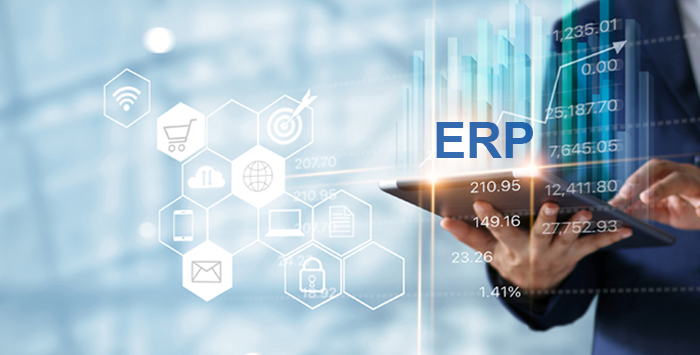The charge of modernization of the workplace is often headed by CIOs, who are looking for more effective ways to run the business. Many of these business leaders realize that the backbone of all transactional systems and processing is a cloud-based ERP solution.
Market Research Future anticipates the global ERP market to grow from $32.44 billion in 2017 to $49.03 billion by 2023. These figures suggest that organizations are looking to these more nimble solutions as they evolve into the coming decade.
Some companies may be looking to move from legacy sites to cloud-based systems that offer faster results and the opportunity to integrate better with other business applications, while others are looking to move to an even more agile and response-oriented system.
Making the Switch
There are usually two reasons why an entity would look to make an ERP change. The first comes as a result of mergers and acquisitions that have left a company with a messy inheritance of a handful of legacy ERPs that at most are inefficient. The second reason is because while a company has invested in one ERP, it is now out of date.
Moving to a new ERP is often a push and pull decision for an organization. There may be a push because the system in use is no longer being supported or customizations have been exhausted and the performance and infrastructure costs of the system are just too high. In a pull situation, it’s likely business leaders have seen what a new, better optimized system can do, and they’ve decided they must jump onboard the charge and implement a more modern ERP solution.
For the Entire Business
ERP solutions have traditionally been at the core of the IT department; but, today, an ERP is a businesswide decision and implementation — taking in the needs of the entire organization is required before determining the company’s full needs.
Leadership determining the overall organizational goals should be behind the committee or group that determines what functionality is key, as well as what applications come secondary. This is a shifting focus that signifies a change in business acumen.
IT departments aren’t being left out in the dark — instead, they’re getting a much more reliable system that enables them to focus on areas that require more high-end attention, such as security, disaster recovery, and data backups.
Metrics and Data-Driven Insights
As a rule, business leaders should have an idea of what they’d like an ERP system to do, but sometimes these goals are too general or open ended. It’s imperative that a company determine the right solution and that they find a budget that works for the long haul.
Stakeholders should focus on what the target goals are for the project and how those play into the overall philosophy of the organization’s end game. It’s vital that key players within the business have clear understanding of what can realistically be obtained and are consistent in messaging across the planning committee and organization as a whole.
Identifying strong employees who have the time to commit to implementation is critical; an educated user group can make sure the new system both works for their needs and also drives the company to reach objectives that will improve the bottom line.
By deploying internal user forums, the business can keep track of migration issues and check that the functionality delivers what has been promised. Communication should continue post-roll out to ensure everything is working as expected and to alleviate issues that occur due to hiccups or bugs.
ERP Benefits
From the perspective of a CIO, an ERP can provide:
- Overall Fit: Is an ERP the right fit for the business?
- Mobile-Friendly: Real-time information is available from anywhere, 24/7.
- Metrics: Analytics are embedded, giving insightful metrics and data via charts and graphs on personalized dashboards.
- Integration: Connecting with other systems is easy!
- Upgrades: Improvements are timely and are made by the provider.
- Security: Data is better controlled, permissions are simplified through one point of entry by authorized users.
- Personalization: Configuration takes place within the application, making businesses ready for upgrades, enhancements and outside tech support.
Learn more about the benefits of ERP software for CIOs.
Getting Started
With a cutting-edge ERP solution in place, organizations are able to move forward to achieve business goals. Acumatica Cloud ERP Software is built on the world’s best cloud and mobile technology, so it’s no surprise that it is the fastest growing provider, delivering modern solutions for ERP and CRM. Streamlining processes and gaining improved visibility over all aspects of operations can accelerate business growth.
With a long running history of partnering in software excellence, we look forward to the opportunity to take clients into the future with cutting-edge software technology that delivers results. Contact us to learn more!

